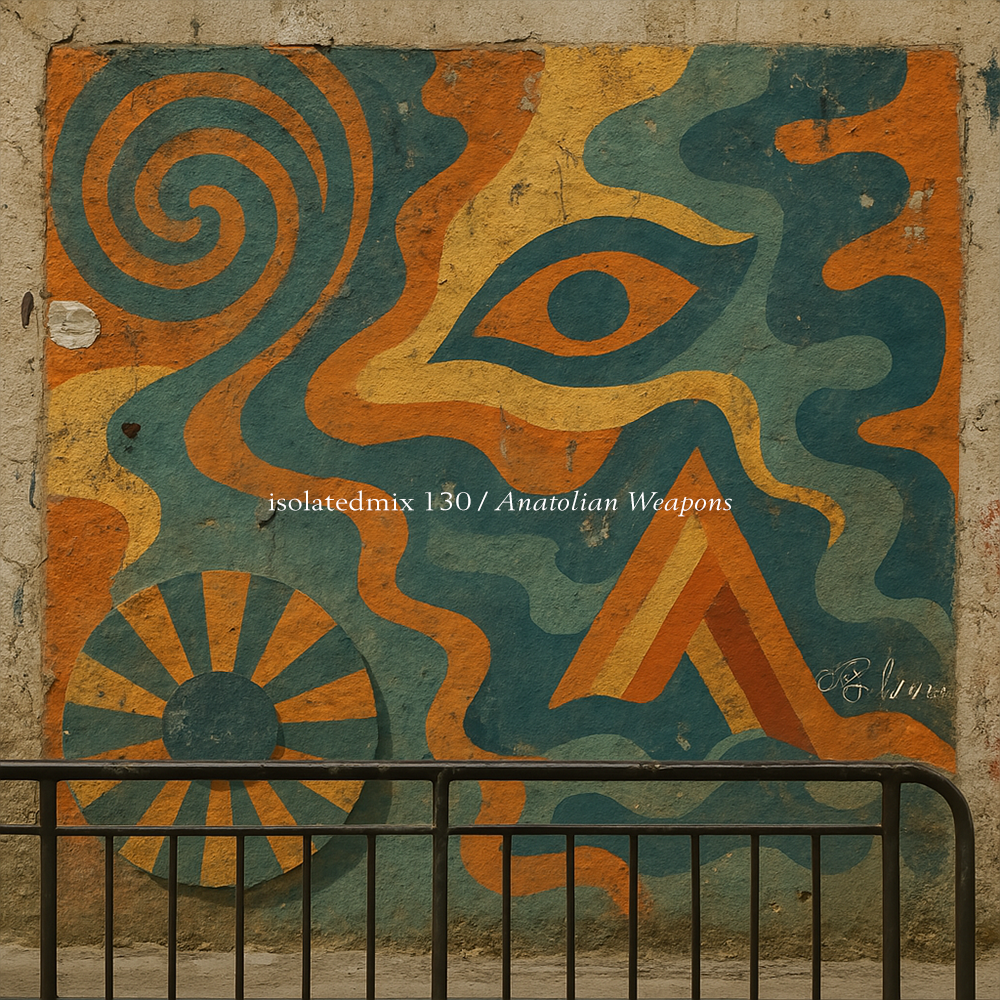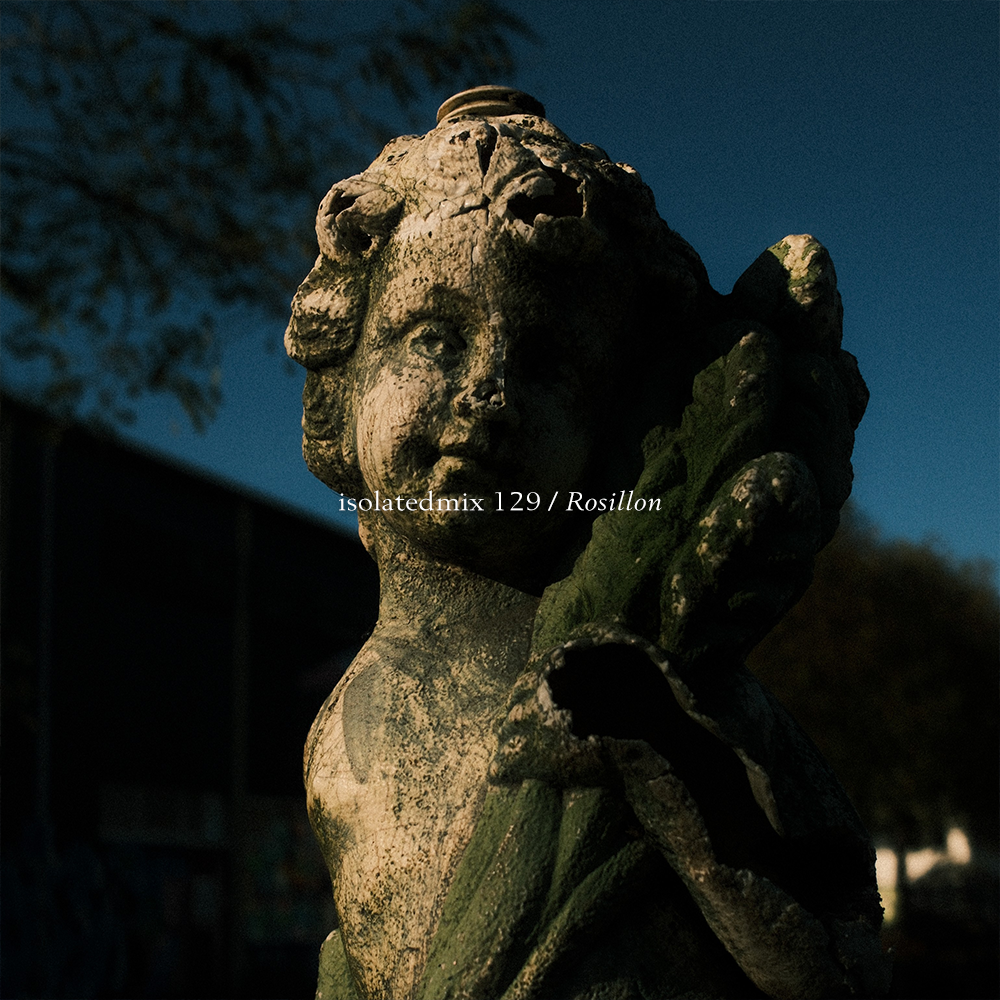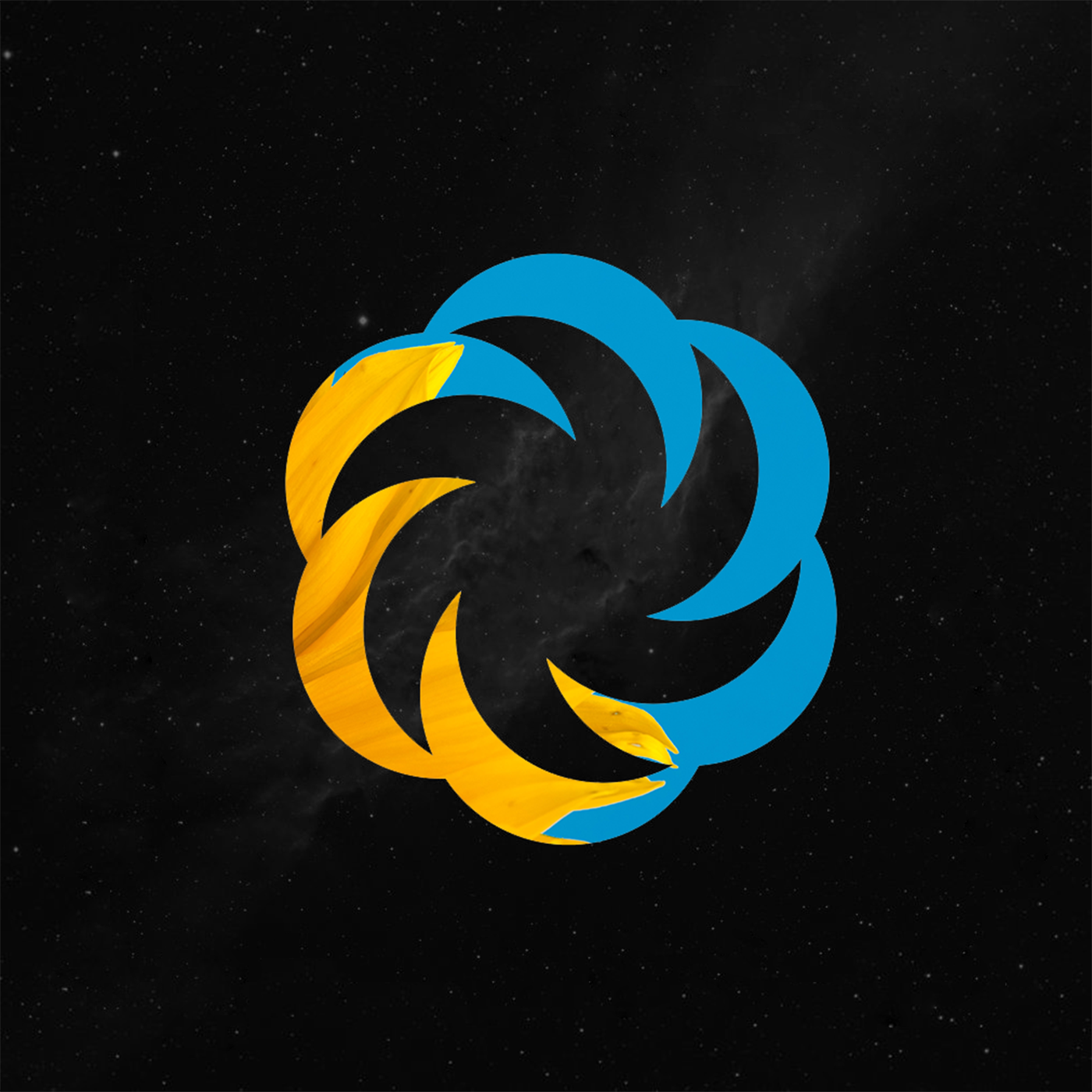Back in 2012 we were introduced to the work of Brambles. It came through a debut release on Welsh label Serein. From the very first track on ‘Charcoal’, as those beautiful strings hit, we knew we were in for something spectacular. It seems like millions agreed too, with 2.1m people streaming the track on Soundcloud since its upload - a testament to the beauty at hand. The album only got better as it progressed too, with the second track ‘Such Owls As You’ ending up as my favorite.
It wasn’t until 2015 that we were treated with a follow-up arriving as a single, more experimental track in ‘Half Gramme Holiday’, featuring another beautiful composition but this time underpinned by slow heart-beating drums. It was a subtle progression, perhaps enough of a progression after a three-year hiatus. But since then, we’ve been waiting to see where Brambles would land next. A full four years later (and three years after I emailed inviting Brambles to contribute an isolatedmix ha!) we have a new album coming soon, and an accompanying journey in the form of isolatedmix 94.
The lead single from the (yet untitled) album, Spirits may come as a surprise to listeners expecting another Charcoal. But Brambles’ respect for texture, composure and melody is clearly evident throughout this new approach.
… the sound palette has shifted dramatically but the moody and melancholic qualities that made their previous release so resonant remain deeply embedded.
One notable addition is the added manipulation of vocals. In Spirits, this evangelical, alien language is used as an instrument, never quite overpowering, holding enough back to add depth and mysteriousness.
The new balance of ambient and more colorful pop-infused productions comes to life within Brambles’ isolatedmix, showing where the inspiration has arisen from over the past few years.
This mix is a little trip around my current influences. Starting with experimental ambient, to left-field pop and ending with dreamy folky shoegaze. Some tracks are recent discoveries and others are tracks I keep returning to. I love how the internet has spawned so many micro-genres and niches. It's overwhelming at times but also exciting to find a new style and follow that path through the various artists, collaborations and offshoots. I have also included an unreleased Brambles track which will be on my forthcoming album - M.
Tracklist:
01. Kara-Lis Coverdale - Touch me & die
02. Ryuichi Sakamoto - Fullmoon (Motion Graphics Remix)
03. Natureboy Flako - Gelis
04. Brambles - Out Of Bounds
05. Amnesia Scanner - AS Daemon
06. Aisha Devi - Two Serpents
07. Susumu Yokota - GEKKOH
08. Visible Cloaks, Yoshio Ojima, Satsuki Shibano - Anata
09. Zora Jones - Oh Boy
10. Lorn - UNDEAD DOGS
11. SOPHIE - Is It Cold In The Water?
12. Charli XCX - Cross You Out (feat. Sky Ferreira)
13. Nosaj Thing - How We Do (feat. KAZU)
14. M83 - Corridor
15. Florist - The Fear of Losing This
16. Slowdive - So Tired
17. Julia Holter - How Long?
18. Grouper - I’m Clean Now
19. John Maus - Cop Killer
Brambles | Soundcloud | Discogs | Bandcamp





























